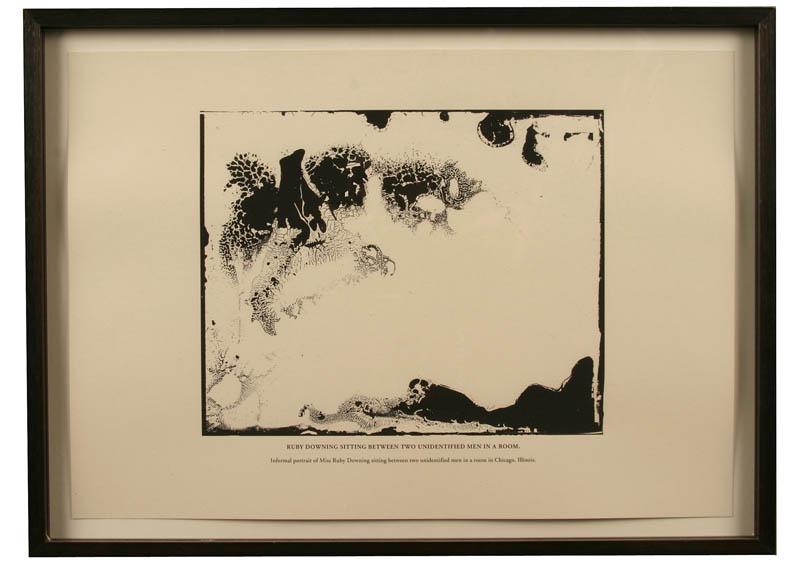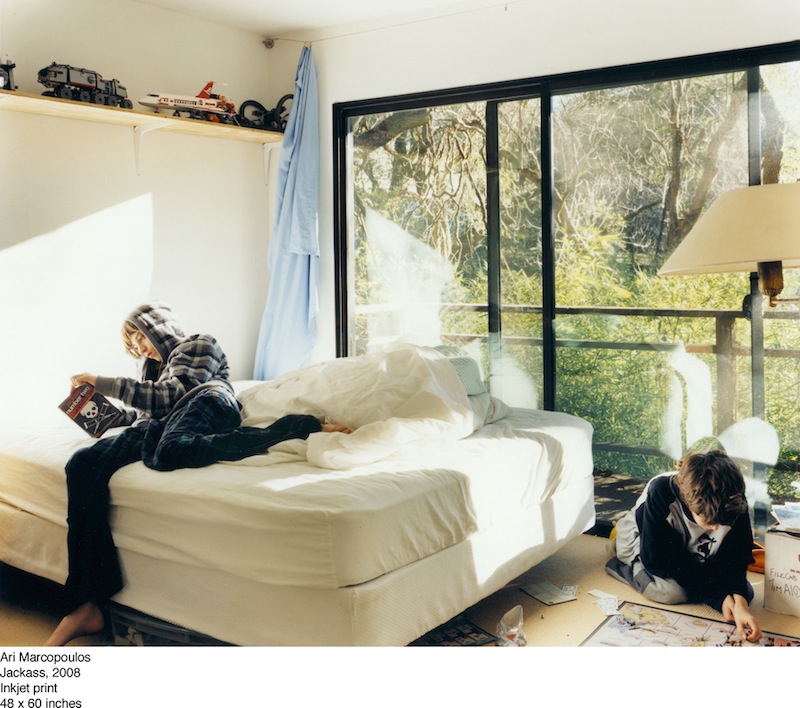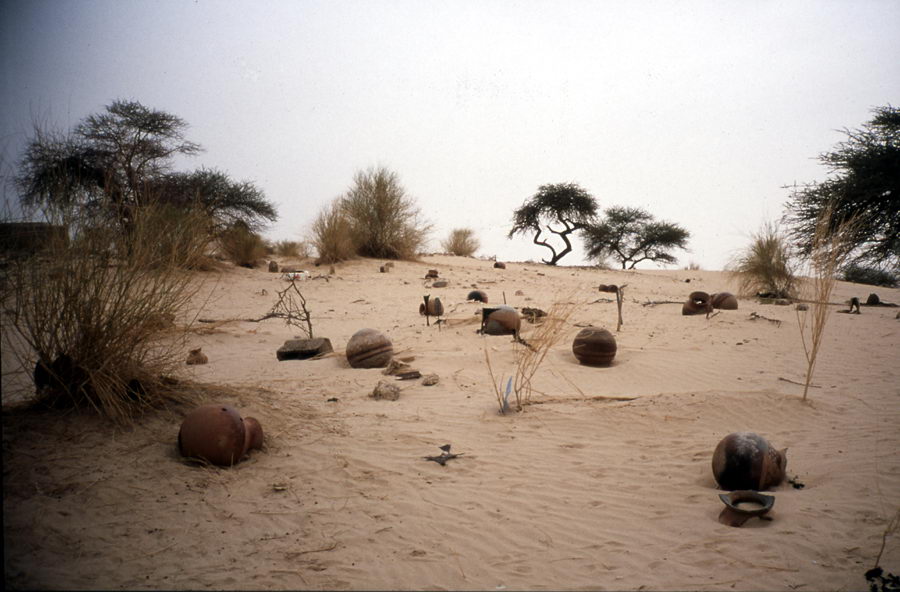Higher Horse
2008 - Film & Video (Film & Video)
6:13 minutes
Kate Gilmore
In the six-minute single-channel video Higher Horse , Kate Gilmore perches herself on top of a tall pile of plaster blocks, in front of a pink colored wall with vein-like streaks of red. Two muscular men with sledgehammers simultaneously pummel the blocks where Gilmore attempts to stand. Although we can only see the artist from the waist down, her body language reveals apprehension: her hands, tense, press against the wall in an attempt to maintain balance while the men come dangerously close to smashing her bare legs. Gilmore’s attire—red heels, a black skirt, and a pink top—together with the pink walls, are all symbolically charged as expressions of the female gender. The aggressive actions we see in Higher Horse are consistent with her investigation into the language of damage, destruction and rage, which in this case, is inflicted by the male body as she attempts to remain above, unharmed.
Whether through live or filmed performances, or sculptural works where we can see traces of actions, Kate Gilmore’s practice always departs from the female body. Through her own physicality, and often using the language of destruction and rage, she creates works that bring into question social constructs relating to sex, gender, and most specifically, femininity. Although early in her career she often placed herself as the central protagonist, over the past few years she has invited other women to perform her pieces, and in some instances has even relied on audiences to activate works. A common feature of her work is the use feminine signifers—high heels, skirts, floral patterns, and specific color hues—which are set in stark contrast with physically demanding actions that are aggressive in nature and would commonly be associated with a masculine ethos. By tearing dry walls with sledge hammers, bashing cubes of metal and plaster, smashing glass containers full of paint—Gilmore’s gestures embody a form of resistance seeking to break free from the norms that constrict femininity, all of this articulated through and from the female body.
Colors:
Related works from the » 2000's created around » New York, New York

© » KADIST
Gregory Crewdson
2005Forest Gathering N.2 is part of the series of photographs Beneath the Roses (2003-2005) where anonymous townscapes, forest clearings and broad, desolate streets are revealed as sites of mystery and wonder; similarly, ostensibly banal interiors become the staging grounds for strange human scenarios...

© » KADIST
Lisa Oppenheim
2003The Damaged series by Lisa Oppenheim takes a series of selected photographs from the Chicago Daily News (1902 – 1933) as its source material...

© » KADIST
James Welling
2006Welling employs simple materials like crumpled aluminum foil, wrinkled fabric and pastry dough and directly exposes them as photograms, playing with the image in the process of revealing it...

© » KADIST
Glenn Ligon
2000Glenn Ligon’s diptych, Condition Repor t is comprised of two side-by-side prints...

© » KADIST
Ari Marcopoulos
2008In Jackass (2008) by Ari Marcopoulos, his two sons, Cairo and Ethan, are pictured relaxing in a disheveled bedroom in their Sonoma home...

© » KADIST
Trisha Donnelly
2007Untitled is a black-and-white photograph of a wave just before it breaks as seen from the distance of an overlook...

© » KADIST
James Welling
2005#17 Pink is a photogram, a photographic image produced without the use of a camera...

© » KADIST
Gabriel Orozco
2002Gabriel Orozco comments: “In the exhibition [Documenta 11, Kassel, 2002], I tried to connect with the photographs I took in Mali in July...

© » KADIST
Lisa Oppenheim
2003The Damaged series by Lisa Oppenheim takes a series of selected photographs from the Chicago Daily News (1902 – 1933) as its source material...

© » KADIST
Kara Walker
2005In her masterpiece 8 Possible Beginnings or The Creation of African-America , Walker unravels just that, the story of struggle, oppression, escape and the complexities of power dynamics in the history following slave trade in America...

© » KADIST
Lisa Oppenheim
2003The Damaged series by Lisa Oppenheim takes a series of selected photographs from the Chicago Daily News (1902 – 1933) as its source material...

© » KADIST
Bjorn Copeland
2009Sign #1 , Sign #2 , Sign #3 were included in “Found Object Assembly”, Copeland’s 2009 solo show at Jack Hanley Gallery, San Francisco...
